__
The Chichinautzin Biological Corridor is among the least visited of truly wild areas of Mexico City. In the very south of Milpa Alta and Tlalpan, the corridor is mostly in the state of Morelos with just parts in Mexico City and in the State of Mexico in its western portion. A tremendously rich area of lagoons, forests and volcanos, Chichinautzin is a federally protected area. It’s also the ancestral home of an indigenous ethnic group.
The biological corridor was officially made a protected area in 1988. This was important because of human encroachment along a number of its borders. The entire protected area covers some 65,721 hectares and connects the El Tepozteco and Lagunas de Zempoala national parks. The Cumbres del Ajusco National Park, actually in Mexico City, is not contiguous, but a very similar environment.
The area offers a remarkable diversity of habitats, animal and plant species. This is due to its geographic and climatic conditions. 237 species of birds,315 species of fungi (more than 80 edible), 10 species of amphibians, 43 species of reptiles, 1,348 species of insects and spiders, and call the corridor home. 36 are exclusive to the region. There are also five species of fish, 785 species of plants, in addition to forests of pine, oyamel, and oak. The corridor also includes two of the highest peaks in Morelos: the Sierra Chichinautzin and Los Cumbres/Tres Marias.
Visits are generally made to either of the two national parks included in the corridor. Some Mexico City visitors will begin in the Cumbres de Ajusco National Park.
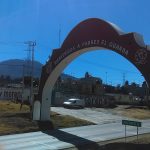
Nearest at 17.35 kms.
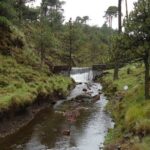
Nearest at 18.32 kms.

Nearest at 20.54 kms.
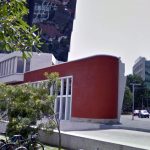
A remarkable vision of the mid-century in Mexico City . . .
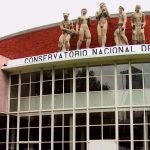
A remarkable National Monument and School of Music . . .
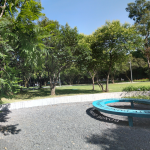
A wonderfully kept secret part of Chapultepec on the edge of Lomas . . .
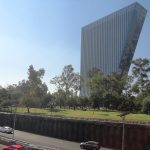
A dramatic, looming tower above western Chapultepec . . .

Main street in one of Mexico City's most iconic southern neighborhoods . . .